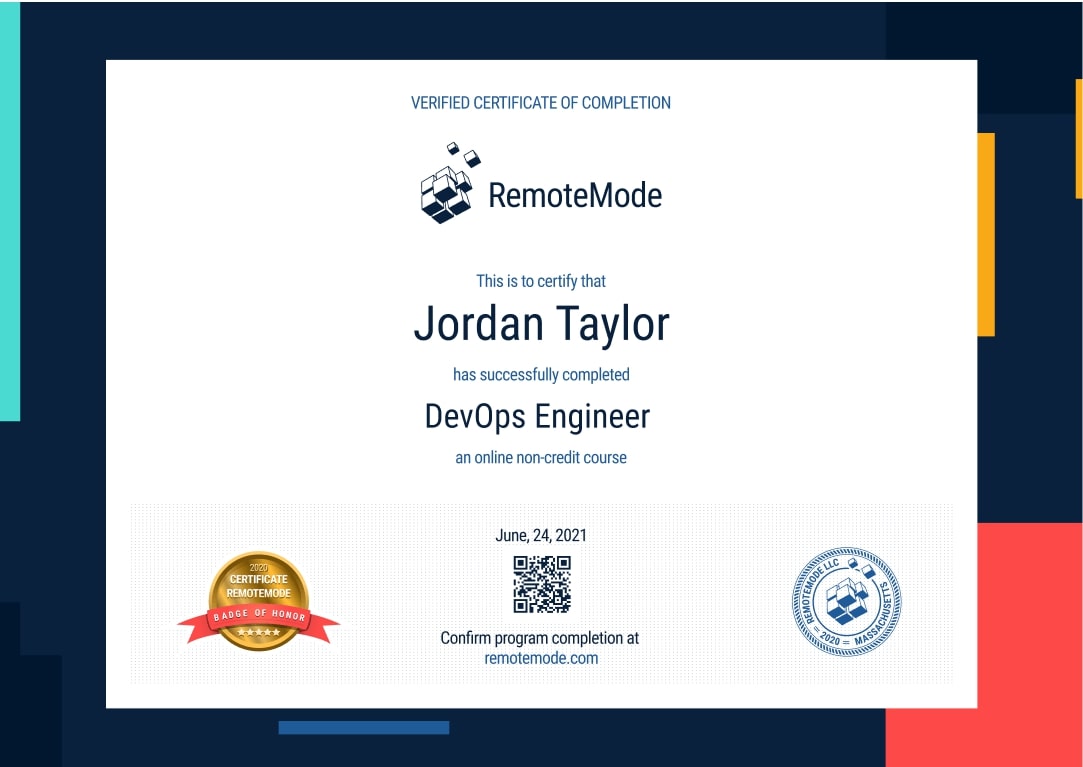Become a Front End Developer
Use state-of-the-art programming languages to develop tools that users interact with to navigate applications, web pages, and more. Get quality training that will bring you up to speed with this ever-growing, fast-changing industry.
- 8-month long course
- 254 lessons
- 5 hours a week
- 167 hours



Mission Forecast for Front End Developers
Landing Zone
Front End Developers are critical coders that not only make applications useable but are responsible for creating interfaces that users can easily and effectively navigate. Front End Developers are well versed in not only the ability to make such pages but have a keen eye for design and useability. Front End Developers are expected to see a 13% increase in jobs in the next 10 years.
Mission Objective (Who’s Hiring Right Now)
Front End Developer Overview
When learning front-end development, you’ll learn specific languages and industry-standard tools such as HTML, CSS, and Javascript. You’ll learn how to create a functional and engaging interface, code different functions for web pages, and use cutting-edge tools such as JQuery, Angular, and React.
- + 8-month long course
- + 5 hours a week, go at your own pace
- + 254 on-demand lessons
- + 167 hours of learning materials
- + Receive a certification confirming your training
- + Participate in real-life Virtual Lab projects
- Integrate video, audio, and other tools into web pages.
- Incorporate forms and different widgets and collect given user data.
- Troubleshoot, test, and launch webpages you’ve created.
- Troubleshoot errors and squash bugs.
Prepare for Liftoff
HTML5 and CSS3
With the rise of multimedia usage on websites, it became clear that the HTML4 standard was no longer enough for building web pages. This led to the need for newer programming technologies such as JavaScript, CSS3, and HTML5.
Introduction to HTML5 and CSS3
In this lesson, learners will discover the upgrades to HTML, which permits video and audio to be embedded without using a plug-in. In addition, this lesson will consider several new functions such as input field types, structural tags, and canvas elements.
Some areas also covered in this lesson include animating and drawing graphics with the use of WebGl, storing user interests in local storage, history management, and the most recent CSS3 transitions.
This material is intended for learners already conversant with CSS, HTML, as well as JavaScript.
The Scope of HTML5
The study begins with an insight into CSS3, HTML5, and CSS3, which are the proposed standards by the W3C- the World Wide Web Consortium and all associated groups. Course learners will also be enlightened on the importance of HTML5 having several features and how it can help create a nicer platform for web-based applications.
Also, learners will study the relevance of using HTML5 among future developers and how it can help provide them with the necessary tools to create an improved user experience.
Also, the discussion will extend to the following features or subtopics of HTML5:
- Developing a more descriptive markup
- Equipping better interfaces using CSS3
- Having a backward compatibility
Learners will develop applicable knowledge in handling HTML5 as this study includes clear demonstration instruction.
After the introduction to HTML5, other aspects will be covered, such as data attributes that are custom, structural attributes and tags, as well as the form input types for HTML5.
Learners will also consider different elements like audio, forms, video, and pseudo-classes.
Design in CSS3
Design in CSS3 is another section covered in this comprehensive course. Different areas of the course will be introduced to the course participants, and these aspects include:
- Rounded corners
- CSS3 transitions
- Multicolumn layouts
- Native drag and drop
- Media queries
- Adding shadows
- Using real fonts
In addition, the program is designed to educate learners on other relevant topics such as Web SQL storage, drawing, history, WebGL, graphics with WebGL, drawing, storage and safekeeping preferences.
These make up the entire course outline for CSS3 and HTML5. With this comprehensive course, learners can generate practical, and insightful know-how of the programs featured.

Mission Control
- Stay focused with a mentor’s help and support
- Build a real portfolio with Virtual Lab Projects
- Compete with classmates in a virtual classroom
- Measure your progress with the Activity Tracking Log
- Make sure you get the job with resume help and interview assistance
In Collaboration with
Chart Your Trajectory (254 videos 81 hours)
Certificate of Completion
- Receive a certificate recognized by prevalent companies confirming your training
- Complete real projects in Virtual Labs
- Go at your own pace, learn your way
- Access course videos and materials 24 hours a day
- Take practical quizzes to keep you up to speed
- Classes created and mentored by industry leaders

Grow into a Front End Developer
Once you’re certified, jump into the industry and push it to new levels. Learn how to properly create usable interfaces, work with backend teams, and use your creativity to make something worth sharing.
Program Forecast
- 8 months long, 5 hours per week
- 254 lessons in 167 hours
- Learn at your own pace
Virtual Lab
- Real Projects
- Create a working portfolio
- Receive expert feedback and mentoring
Career Services
- Interview preparation
- Resumé assistance
- Help with LinkedIn networking
Request More Information
View pricing and financing options